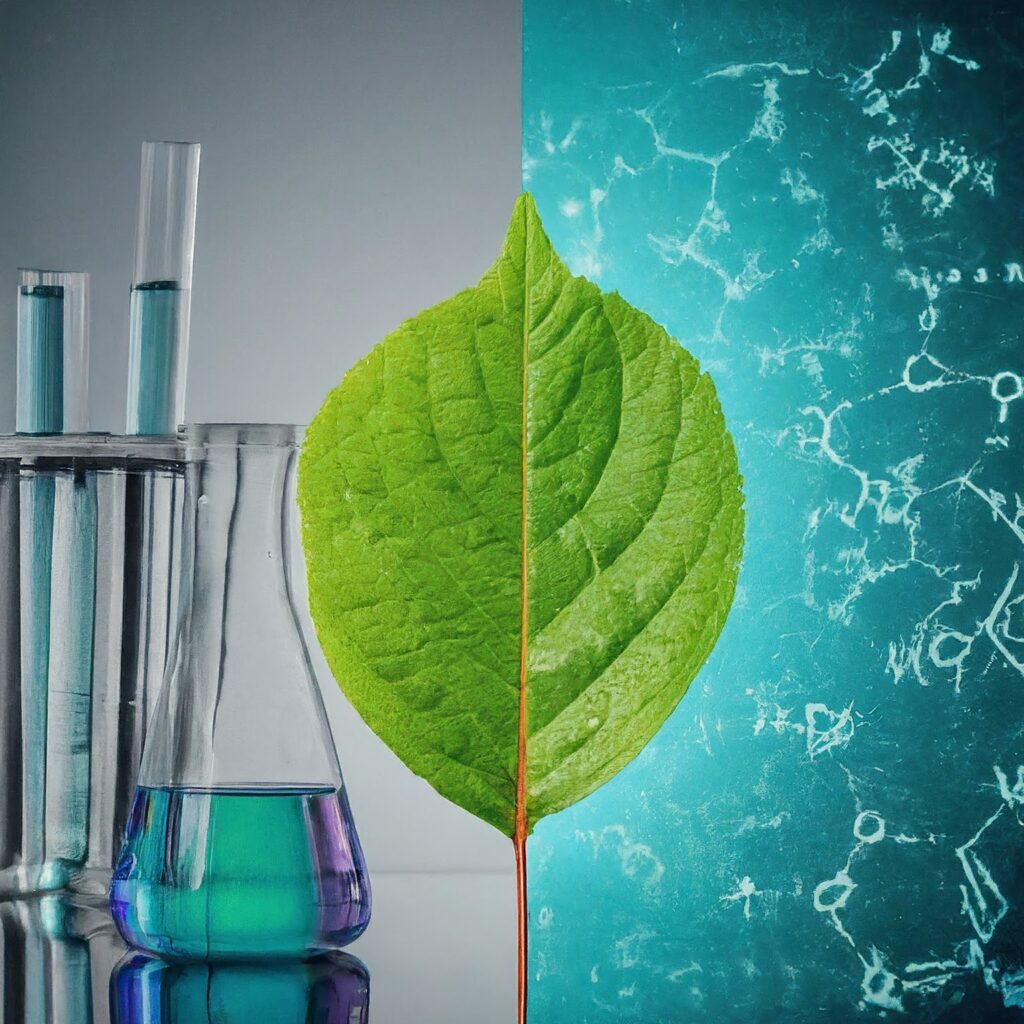Answers to Common Questions
One of the most frequent questions I have gotten in recent years concerns tooth whitening.
Having brighter teeth has nearly become a national obsession. The popularity of this relatively simple procedure was fueled in recent years by the national advertising campaigns of bleaching product manufacturers, television makeover programs, and simply people’s desire to have a more attractive smile.
Some of the concerns my patients have advanced over time include the following questions:
— Does bleaching work?
— Will it work for me?
— Will it hurt my teeth to whiten them?
— More specifically, will it damage my teeth?
— Is it painful?
— Do whitening strips work?
— How long does it take?
— How much does it cost?
— Is there a difference between tooth whitening and tooth bleaching?
Let’s take these up in reverse order.
Practically, there really isn’t any difference between tooth whitening and tooth bleaching. The objective is to get dull and dingy-looking teeth brighter.
Technically, however, there is a difference you may want to be aware of. This has to do with how the FDA classifies dental products. Anything that brightens teeth beyond their natural color can be considered a bleaching agent.
A whitener, on the other hand, can be anything — even toothpaste – that cleans surface stains off your teeth.
Since most people generally prefer the idea of whitening their teeth, rather than bleaching them, you will see the term whitening used on some products even if their objective is to get them brighter than their natural color (bleach). It can get a little confusing, though. No doubt, some manufacturers take advantage of this by labelling their products as “whitening” — even if it is just designed to get the dirt off.
So how much does it cost?
This depends upon what you are buying.
Some dentists provide whitening strips that you can buy in their office. This is typically the cheapest route and will typically cost you between $20 – $100.
Unfortunately, in my opinion, it is also the least reliable. I have rarely seen people get significant results with this unless their teeth are already fairly bright. That having been said, I do recall one patient who reported that she had used whitening strips to brighten her teeth and had a pretty good result. Truthfully, though, I can’t be sure she didn’t bleach them elsewhere. Professionally dispensed take-home bleaching trays will average between $100 and $500.
In office bleaching has a national average cost of about $650 per visit at the time of this writing.
How long does it take?
This depends upon several factors:
Your age. Young people seem to take less time to bleach.
The thickness of your enamel and how much light (translucency) passes through it.
Your starting shade. Yellow-brown teeth are usually easier to bleach than gray tones.
Dietary habits. Do you drink a lot of coffee, tea, wine, colas? You will probably re-stain your teeth much more rapidly. The same holds true if you smoke.
Medications and drugs. Certain drugs used (especially while the teeth were developing) like tetracycline or fluoride tablets can lead to stains that can be very difficult to remove.
Habits. Tooth grinding and clenching is a growing problem that affects nearly a quarter of the population. This can also affect bleaching efforts, though. If your enamel is either chipped at the edges or worn thin, the underlying dentin layer will show through. This layer is naturally darker than the enamel. Small cracks can also form that attract stains.
So the short answer to this last question is — it varies. Count on an average of two weeks if you were fitted with a custom tray by your dentist. You may see results in as one week, or it may take three or more weeks for really diffiuclt cases.
Do whitening strips work?
Again, my experience is that this produces more limited results. For one thing, they are not custom fitted to your teeth. A well-fitting tray is what is responsible for maximizing contact of the whitening product with your tooth enamel. What is more is that they are clumsy to work with. Many patients end up wasting them because they wrinkle and stick to themselves.
Is it painful?
Are you a redhead? Believe it or not, a number of dentists have reported that bleaching sensitivity occurs more commonly with people that have naturally red hair.
Otherwise, yes, bleaching can cause a temporary increase in sensitivity to hot and cold, touch and pressure. The good news is that, generally, this sensitivity is transient and passes quickly. In some cases, it can last as long as a month. Again, this depends upon a variety of factors — including what you started with as well as the concentration of the bleach used.
You may also have some gum irritation. A well-designed bleaching tray can minimize this, but it can occur in about half of all patients.
Will bleaching damage my teeth?
There is no evidence to suggest that professionally dispensed bleaching agents cause any harm to your teeth.
Will it work for me?
The best way to determine this is to have a professional consultation with your dentist. He will be able to evaluate the likely result based upon his experience and your circumstances.
Does bleaching work?
Yes.
In my office, I’m pleased to say that I generally enjoy excellent results using one of two methods. The most common technique I use for the average patient is custom-designed take home bleaching trays. Most patients get a fantastic result in one to two weeks.
The second method I use we call “Power Bleaching.” This is pretty much my ‘secret weapon’ for difficult cases or for patients that simply have to have their teeth be the whitest that they can possibly be.
This process is a bit more expensive (because it involves a lot more of my time) but it has the following advantages:
— It will generally whiten even tetracycline stained teeth.
— It has approximately the same comfort factor as take-home bleaching.
— The bleaching result is stable. Patients can even drink red wine, coffee, or tea without fear that their teeth will rapidly revert.
— Though more expensive, several patients who were considering veneers to whiten their teeth (and this can easily cost anywhere from $7,500 to $20,000 to do, depending upon how many teeth need to be treated as well as what part of the country you live in) ended up being so pleased with the result, they simply stayed with their bleaching result and didn’t feel the need to veneer them.
This raises another point though. It is important to remember that bleaching will not lighten the color of existing crowns or fillings. If you have these and go ahead with bleaching anyway, you will likely end up having to replace those crowns or fillings that are now going to be darker than your newly bleached teeth. So this will become an additional cost that you have to factor into the equation. Otherwise, you could end up with a “candy-corn effect” with some parts of the teeth being lighter than others.
And just another few pieces of advice —
If you have gum recession, bleaching is likely to be sensitive. In fact, your exposed roots may already be sensitive before bleaching. Bleaching will then likely make them more so.
Some teeth (actually, very few in my experience) may never have a great bleaching result. In those cases, there are still options available, but it gets more involved and may involve altering tooth structure to achieve the desired result.
This is yet another reason, that an experienced dental professional is your best resource.
Finally, while there are no known harmful effects with bleaching for adults, if you are pregnant or nursing, avoid bleaching for now. We simply don’t have enough studies concerning the effect of swallowed bleach on a baby or a developing fetus.
Whitening or bleaching, done properly, can yield great results and a really flashing smile. Just be sure to follow your dentist’s instructions, be consistent with your program, and communicate any difficulties you may experience. Generally they will be few and the results will be well worth the effort!
Dr. Richard Walicki is a Philadelphia dentist providing both general and cosmetic dental services.


